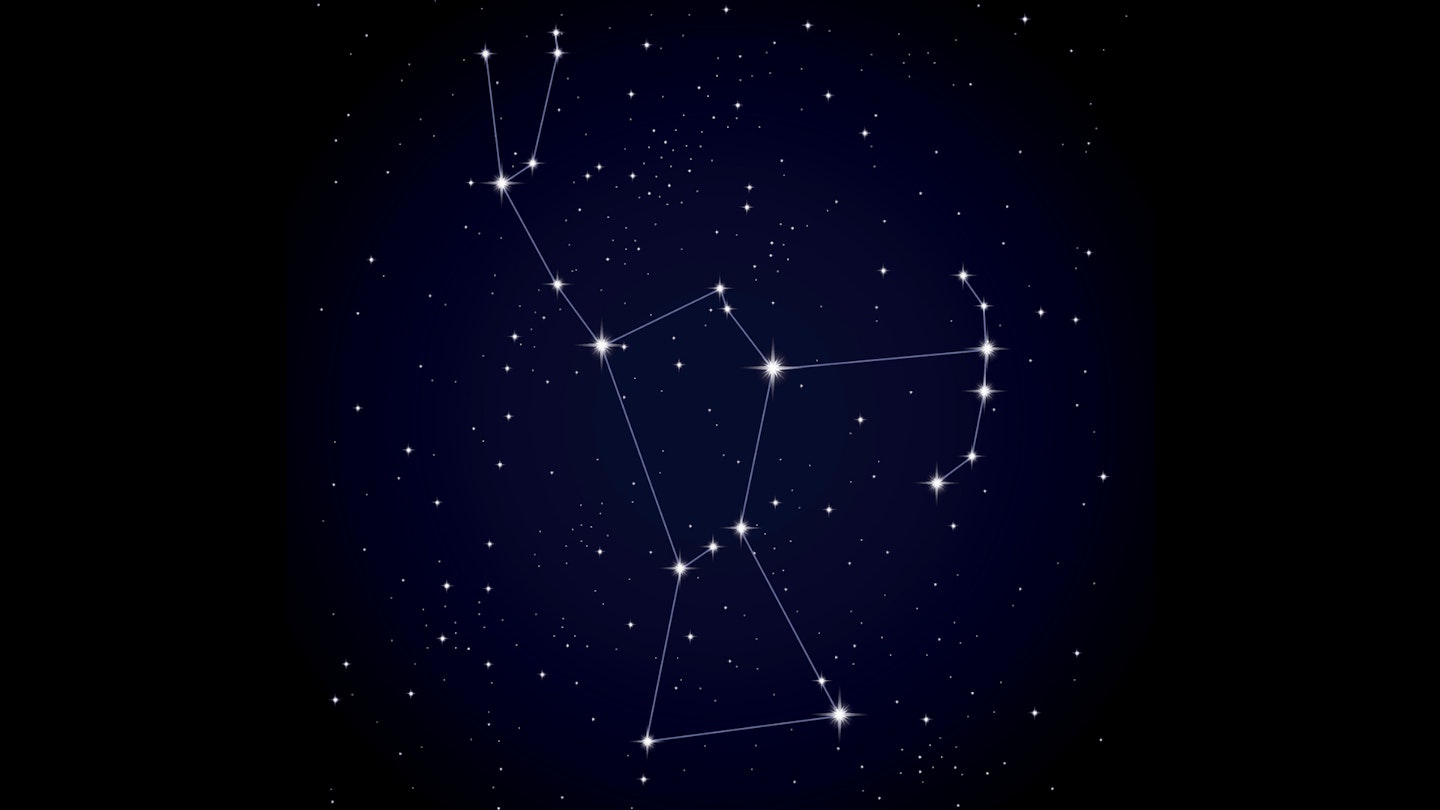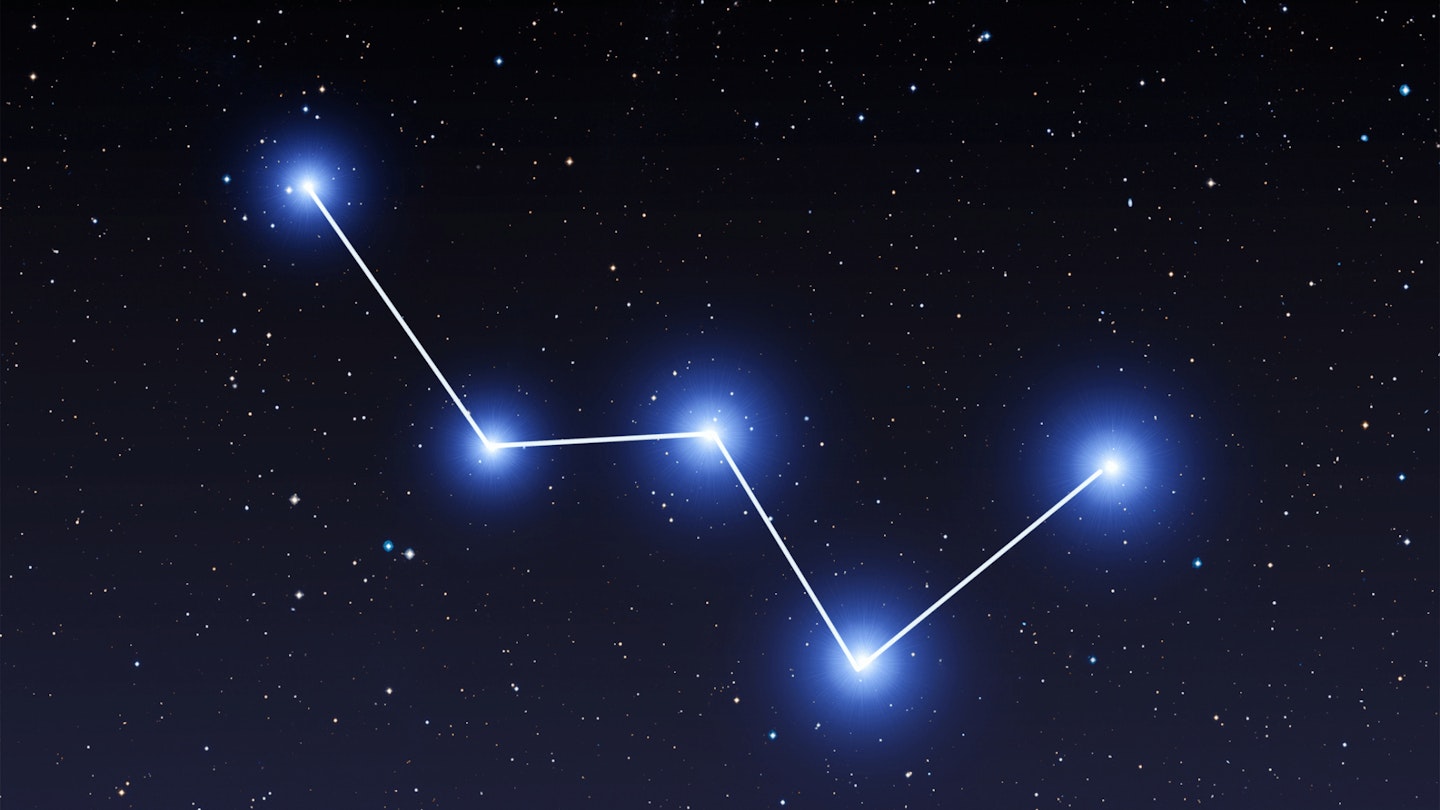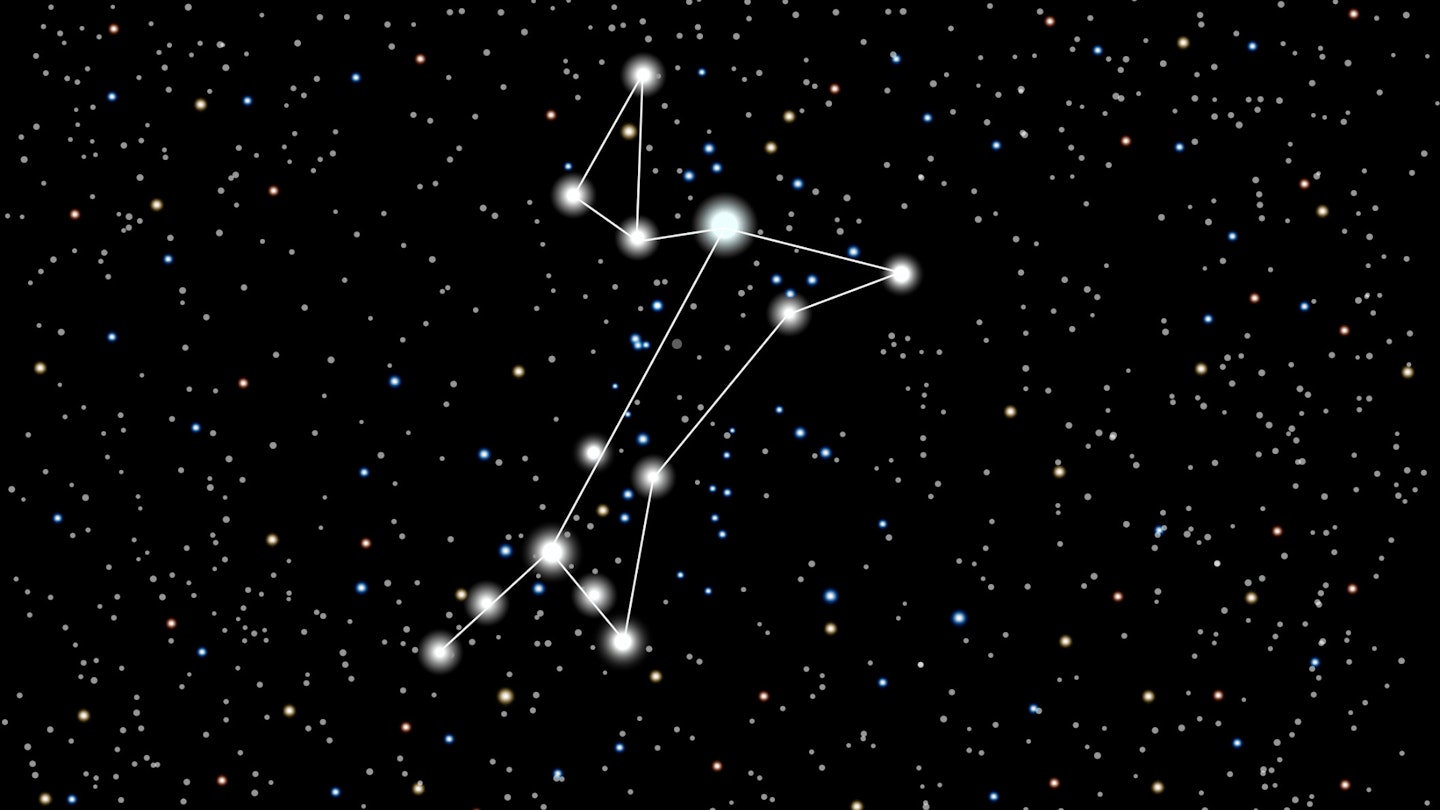Looking above you, into a clear, star-speckled night sky, is not just a glorious experience, it can also be a practical one. You only need to understand one or two things or be able to locate a few constellations or bright stars to find your way at night when there is nothing else to guide you.
Knowing the basics about using stars for navigation is a very handy piece of knowledge to carry. It's also a neat thing to show off at the campsite if nothing else. Just make sure you've got an OS map, navigation app, or some other form of navigation too. Here’s our beginner's guide to navigating by the stars.
Big Dipper

The Plough or Big Dipper is one of the most well-known and recognisable constellations in the night sky, which is helpful because it also provides the easiest way to locate Polaris, aka the North Star. Though not particularly bright, the North Star marks the North Celestial Pole, hanging directly over the North Pole. It is (or appears to us anyway) the still point around which the rest of the night sky spins.
To find it, locate The Plough, a constellation of seven stars in the shape of a saucepan with a slightly bent handle. Two stars make out the far edge of the pan, opposite to the handle. Line these up with one another and follow that trajectory upwards by about five equivalent lengths. You’ll find yourself looking at a patch of sky with a moderately bright star in it. That’s Polaris and it will never move.
The Little Dipper is the same shape as The Plough but (unsurprisingly) smaller. Polaris is actually part of this constellation and is the brightest star in it, the point at the end of the handle. As it’s quite a small constellation, this is best used as a check after locating Polaris using the Big Dipper.
Orion

Orion is another well known constellation, visible in the UK from September to May. It marks out a huge hunter with a belt made of three bright, twinkling stars in a straight line. The star furthest to the right is called Mintaka and rises almost exactly due east, setting almost exactly due west.
If you see Orion close to the horizon you can be confident of the direction you’re looking. When it’s far above the horizon, then watch to see whether it’s rising or falling. If the former, you’re looking in an easterly direction; the latter, westerly.
Venus

The planet Venus is sometimes known as the Evening Star. It’s a luminously bright, unmistakable white orb that rises in the east at dusk and sets in the west at dawn. It has an apparent magnitude* of −4.14. Venus is second only to the moon in brightness at night.
Once you get used to spotting it, you will find it impossible to miss and if you notice it close to the horizon, you only need to know the time of day (i.e., morning or night) to know the direction you’re looking.
*Apparent magnitude is the measurement of brightness as seen from Earth, where the lower the number the brighter it is. For comparison, the sun is -26.74, a full moon is -12.74 and the North Star is 2.01.
Cassiopeia

Cassiopeia, a giant, wonky W in the sky, is fairly easy to spot and can also help you locate the North Star. It is always opposite The Plough, so if that constellation is below the horizon look for this one.
You’ll notice that one V of the W is slightly stretched out and flattened, at a wider angle than the other. Polaris sits about two lengths of the constellation above this furthest point.
Sirius

Sirius, also known as the Dog Star, is the brightest star in the sky, with a magnitude rating of −1.47. This makes it very easy to spot, giving you a good reference point for exploring the rest of the sky.
Look for a bright, twinkling point below the leftmost star on Orion’s belt and to the right of Venus.
